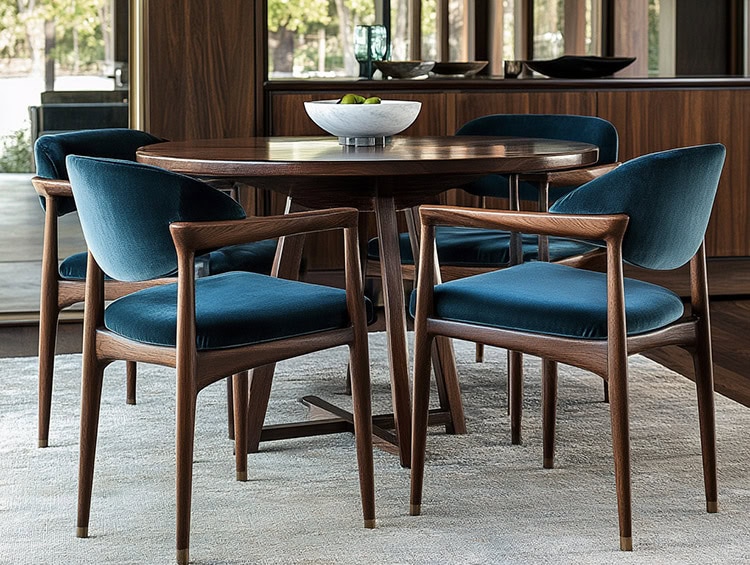Lighting is one of the most overlooked yet important elements of interior design. I mean, there’s really no purpose in creating beautiful spaces if there’s not enough light to see them, is there? But seriously, there’s more to lighting than simply playing a functional role within a home–and that’s what we’re going to talk about today. If you haven’t given much thought to the lighting in your home, I hope that changes after we shed more light (pun intended) on the subject.
What Lighting Does for a Home
First of all, let’s cover what lighting can do for a home. The most obvious is that lighting serves a purpose in illuminating dark spaces so we can see better. The great thing about lighting is that it can be used in a variety of ways. Simply hanging lights is fine, but it doesn’t have to stop there. Lighting can–and should–be used to its fullest, which includes layering in different types of lighting so it meets all of your needs.
In addition to that, however, lighting can affect the spatial aspect of a room. In other words, lighting can affect how big or how small a room looks. Poor-lit rooms look small and cramped, but the right amount of lighting can give the illusion of a much bigger space.
Did you know that lighting can also affect the colors within a room? The amount of light in a room can soften or harden the colors you’ve chosen. Lighting can also make colors look completely different from what they really are. Blues may look green, grays may look blue, reds may look pink…you get the idea.
A couple of other things lighting can do is highlight architectural features of a home as well as create the mood and ambiance for your space.
Types of Lighting
Lighting can be brought into a home through a variety of sources, which can include:
- Natural light from windows
- Recessed lighting (pot lights)
- Track lights
- Pendants
- Sconces
- Standing lamps (floor and/or table)
- Uplights
- Hidden lights
- Lanterns
The goal is to use a variety of these types of lighting in your home. This is essentially what designers refer to as layering in lighting. Being that there are so many options, makes it incredibly easy to find something that works in your home.
What to Consider When Lighting Your Home
Keep in mind that the challenges of wiring for lighting are based upon the stage of your home. It’s much harder to wire for lighting once the walls go up, so if your home is being newly constructed, approach lighting in the early stages. If your home is well-established, you can still get all the lighting you want–you’ll probably just have to work a little harder for it. Regardless of the situation of your home, there are some important things you should keep in mind when it comes to lighting your home.
- Use multiple lights to break up large rooms. This is especially important when you have an open floor plan. Different types of lighting help break the area into obvious zones.
- Pay attention to scale. Your light fixtures shouldn’t overpower the space. Consider the size and purpose of the light before you make a purchase. The right light fixtures will complement each other rather than compete for attention.
- Use recessed lighting sparingly. Recessed lighting should never be your sole source of light, yet too often they are. Instead, sprinkle pot lights here and there while layering in other types of lighting, such as lamps and sconces.
- Layer task, ambient, and accent lighting for maximum results. Task lighting serves the main purpose of giving the light to see and work in the space, but layering in softer lighting to create ambiance and smaller accent lighting for style, can really boost the glamour and personality of your design.
- Be consistent with color temperature. When using multiple light sources, aim to unify the space by keeping the color temperatures in the same family. Color temperature describes the warmth or coolness of a light source. Think of it soft, warm white (standard incandescent bulbs), neutral white, and cool white.
- Add dimmer switches when using incandescent or halogen sources. Dimming allows you to decrease energy and heat output, as well as lengthen the life of the lamp.
Ready to brighten up your home? Be sure to stop into our showroom to see our beautiful selection lamps and chandeliers. In addition to gorgeous fabrics, we’re sure to have a lighting solution for your home.

















